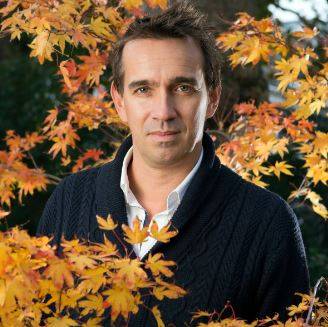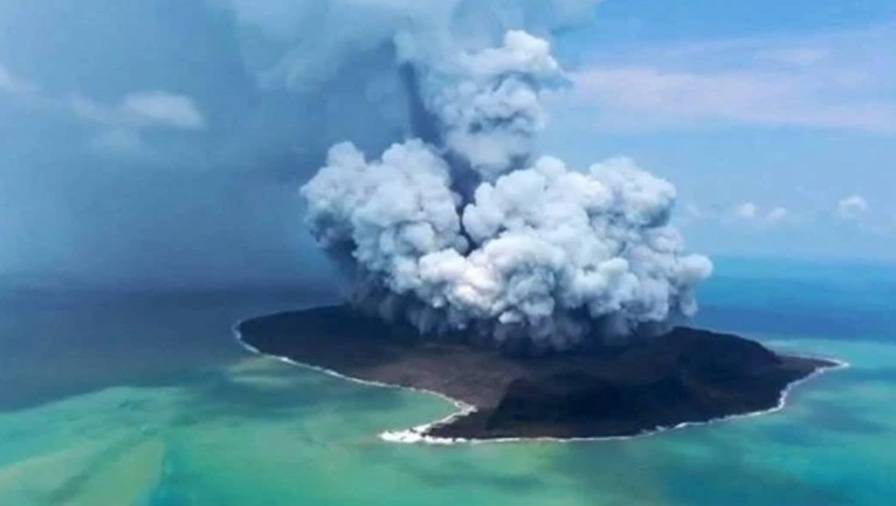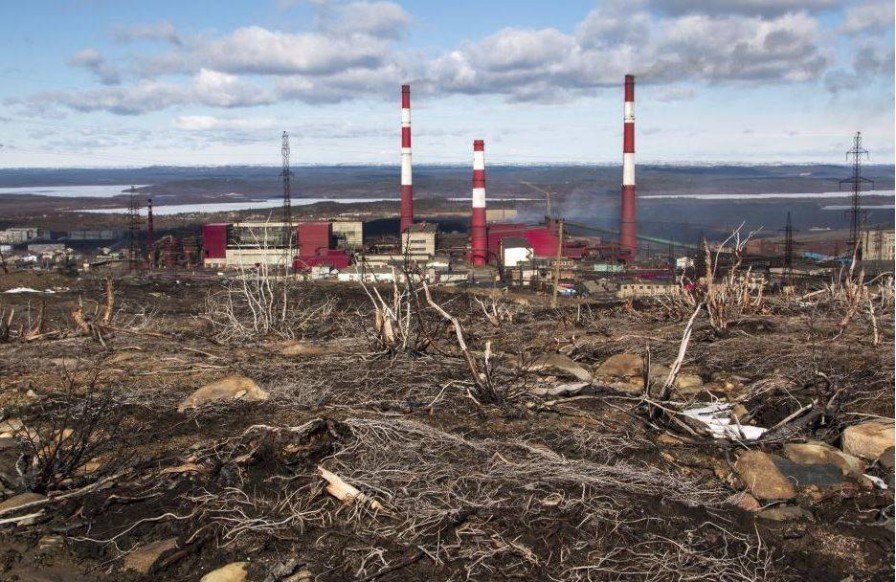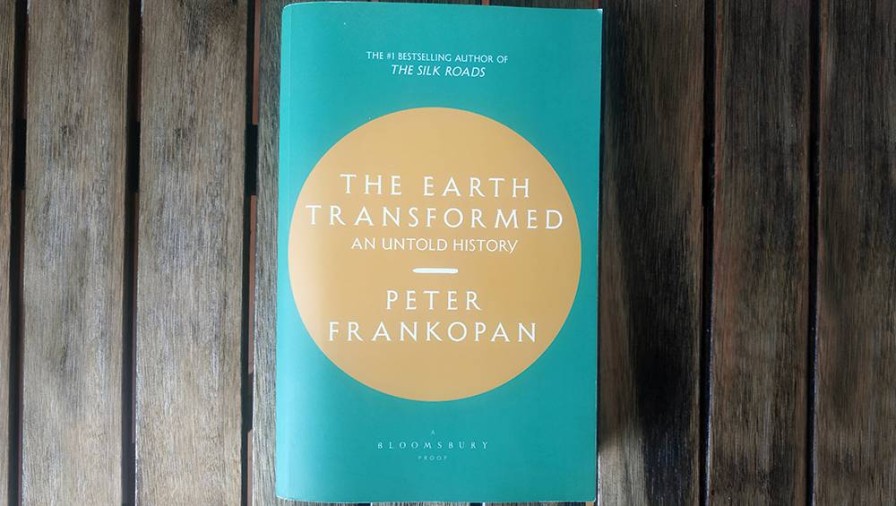The past and present of fragile Planet Earth
ANALYSIS: Historian claims volcanoes, diseases pose bigger threats than climate change.
NBR columnist Nevil Gibson speaks with Fiona Rotherham.
ANALYSIS: Historian claims volcanoes, diseases pose bigger threats than climate change.
NBR columnist Nevil Gibson speaks with Fiona Rotherham.
The role of great men and women in history has diminished since its dominance in 19th-century writing. Historians have continued to rate the achievement of individuals, good and bad, but few champion the advocacy of Thomas Carlyle, who gave a series of lectures on heroism in 1840.
Others have refined the theory, giving credit to those whose superior intellect, heroic courage, extraordinary leadership abilities, or divine inspiration have made a difference. In this century, Carlyle expert David Sorensen, in an introduction to a 2013 edition of the heroism lectures, noted the “antipathy to superior statesmen and to human excellence is peculiarly zealous, parochial, and antiphilosophic”.
It would be hard to imagine historians in the future ignoring the impact of such men as Vladimir Putin or Xi Jinping, who respectively have launched a war or are threatening one to expand their notions of imperial power.
Publishers still find plenty of interest in biographies of such people, but another thread has also become popular. These play down the contribution of individuals in favour of other forces, often to the exclusion of any human agency.
Moreover, these books are ambitious in their sweep of history. Jared Diamond’s Guns, Germs and Steel (1995) and Yuval Noah Harari’s Sapiens (2014) – to name just two – trace the rise and fall of civilisations through social, geographic, and economic factors using the modern insights of archaeology, anthropology, evolutionary biology, genetics, linguistics, and ecology.
More recently, Jonathan Kennedy’s Pathogenesis views the entire arc of human life through the lens of germs, infectious diseases, and great plagues. Another addition to this genre has already become a bestseller.

Peter Frankopan.
The Earth Transformed, by Peter Frankopan, is a whopping 700-plus pages – so much so that its 200 pages of source notes, but not the bibliography or index, must be accessed through a website. Frankopan teaches global history at the University of Oxford and has already established a reputation with his two Silk Roads studies of Central Asia and early globalisation.
These were based on historians’ traditional concerns of war, economics, and political power. His new book is far more ambitious: the role of climate change in its widest sense, with particular emphasis on natural disasters. Not just storms and floods but earthquakes, volcanic eruptions, tsunamis, solar activity, and even crashing meteors.
A benefit of this “whole of history” approach is that it draws on research using modern tools such as laser imaging, spectroscopy, isotope data, and climate-related information on fossil use as well as conventional historical sources.
His claim that this is “an untold story” is bold but justified. However, he cautions against rushing to easy conclusions that surround the debate on global warming and the doomsday scenarios of climate activists. To the contrary, he is more concerned about the impact on the environment of nuclear escalation, outbreaks of infectious diseases, and volcanic activity.
He quotes research that last year’s eruption of the Hunga Tonga-Hunga Ha’apai volcano was equivalent to largest of the US nuclear tests in the 1950s and that “so much water was vapourised and sent into the atmosphere that it might lead to surface warming and intensify climate trends”. Since publication, those effects have been linked to extreme weather events.

The Hunga Tonga-Hunga Ha’apai volcanic eruptions was equivalent to the largest US nuclear test in the 1950s.
For Frankopan, environmental factors, including the climate, are not “actors in the story of our species”. Rather, “they provide the very stage on which our existence plays out”. This was at its rawest state in the origins of life on Earth as land masses moved and volcanic activity was rife. Alternating ice ages and warm periods dictated movements of early populations, influencing their food sources, the development of urban living and, in turn, the spread of diseases, often with catastrophic consequences.
In general, global warming led to expansion of civilisations and associated prosperity, while cold periods did the opposite. The Roman Empire rose through one of these warmer periods known as the Roman Optimum (100BCE to 200CE) but declined in the third century as reduced solar activity, volcanic explosions, and increased sea ice led to rapid cooling, less food and, eventually, political, economic, and military crises.
The Little Ice Age (1550-1800) in northern Europe was another period of climatic extremes, resulting in poor harvests, food shortages and famines, plagues, and conflict. Perverse human trends included the persecution of women as scapegoats, clinical depression, and mental health.

Plagues spread through Europe from the 14th century.
These cooler temperatures were not universal. The climate in southern Europe remained warm, though human behaviour was subject to other influences such as the invention of new weapons of war.
European expansion, fuelled by shipping technology, religion, and the knowledge explosion, created the ‘great divergence’ as the civilisations of China, India, and the Americas were subjugated. The global imperial powers valued their colonies’ supply of minerals; calorie-rich food crops such as potatoes, sugar, and maize; and textile fibres, which generated the Industrial Revolution.
Stable climatic conditions continued through the 19th century and up to the middle of the 20th century. This period of human history downplayed the impact of environmental and climatic factors. Coal and oil during the 1920s provided a cheap source of energy and consumer products.
Warmer and cooler periods occurred between the 1890s and 1940s, creating heatwaves and droughts, as well as extremely cold winters in the late 1930s and 1940s. Frankopan drills into some of the more egregious human violations of the environment. One example was Lenin’s adage: “Communism is Soviet power plus electrification.” The price was high in both human and environmental costs.
“Faith in technology, exaggerated support for decisions made by high-ranking party officials and the obvious consequences of dissent meant that there was little or no pushback about the pollution, increased salinity, loss of topsoil or other disastrous consequences…”

This Soviet-era nickel smelting plant shows extent of environmental damage.
Meanwhile, in the West, soil degradation and erosion led to the dust storms in 1930s America and the beginning of moves to protect the environment with more sustainable practices, such as the development of national parks.
In his final chapters, Frankopan cites concerns such as Rachel Carson’s Silent Spring (1962) on the use of pesticides, defoliants in the Vietnam War, and fears of world hunger from rising populations and exhaustion of resources. While these were allayed by the “green miracle” of plant genetics, other threats were identified, including the first worries about the level of carbon dioxide in the atmosphere in 1957.
Ironically, it was the Pentagon and the CIA that first raised climate-related issues such as food shortages in a ‘nuclear winter’ and rocket flights being affected from the destruction of the ozone layer by nitrous oxides.
While there’s reason for optimism in climate-friendly advances – such as long-life lighting, water conservation, clean energy, waste management, and the phasing out of coal – Frankopan is less convinced about human efforts to counter the bigger forces of nature.
History is a “story of resourcefulness, resilience and adaptation.” But this can lead to a false sense of security. “We are living on the edge of our means and indeed beyond them.”
His pessimism was shared by the UK government’s Office for Budget Responsibility, which in a report said it would be nature, rather than human action, that ultimately brought net emissions towards zero. “It will do so through catastrophic depopulation, whether through hunger, disease, or conflict.”
Avoiding that future remained an open question historians could not predict. One can only hope some “great men and women” will continue to play their part in forging a future on Earth rather than leaving nature to do its worst.

The Earth Transformed: An untold story, by Peter Frankopan (Bloomsbury).
Nevil Gibson is a former editor at large for NBR. He has contributed film and book reviews to various publications.
This is supplied content and not paid for by NBR.
Sign up to get the latest stories and insights delivered to your inbox – free, every day.